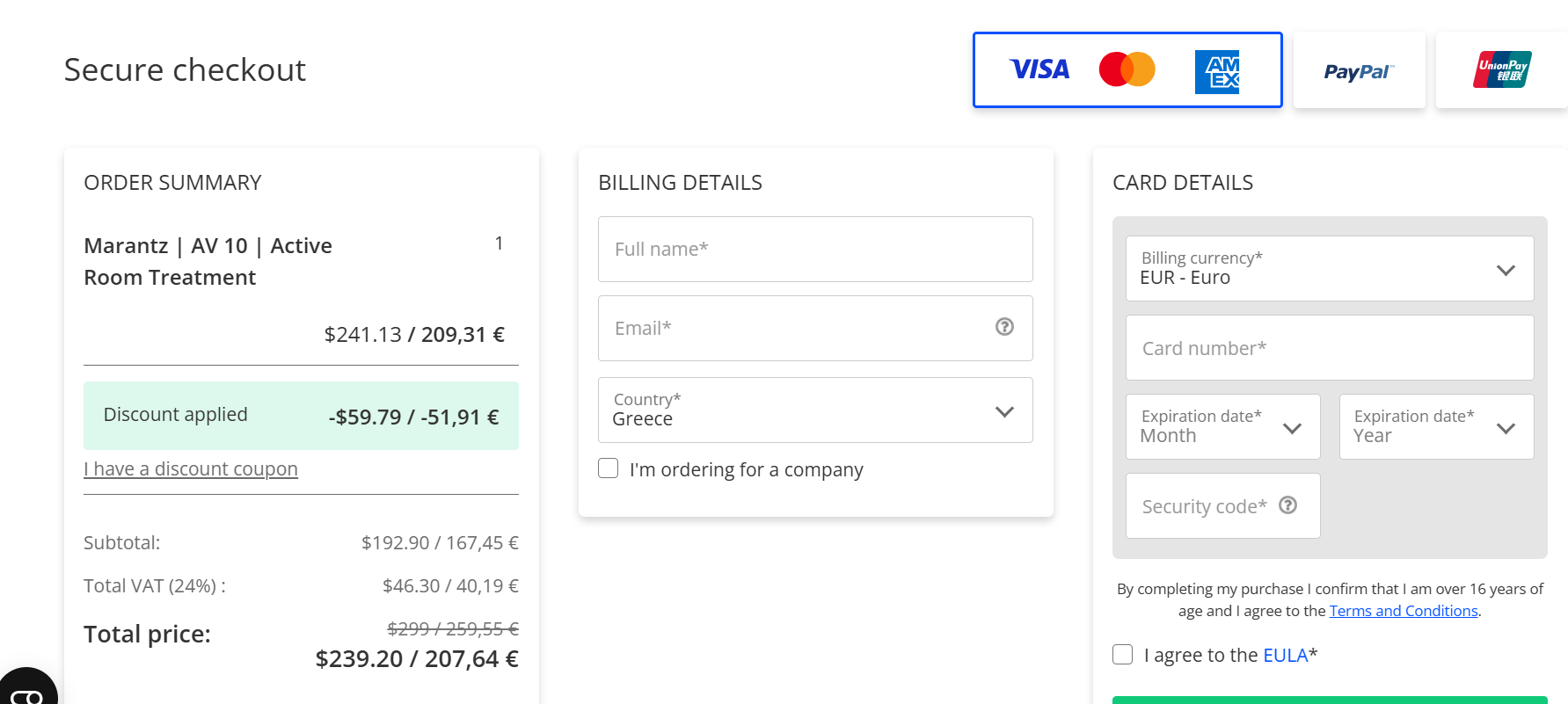billpeppas
A/V Επαγγελματίας
- Μηνύματα
- 3.770
- Reaction score
- 8.566
Μιας και βλέπω πάνω κάτω το marketing material σε παπαγαλία mode... να κάνω μια πρόβλεψη ότι το βίντεο ΔΕΝ περιέχει μετρήσεις before-after με εξοπλισμό και ότι απλά δείχνει την διαδικασία ενός calibration με το Dirac app και πολύ μπλα μπλα και ενθουσιασμό;Το επισυνάπτω ατόφιο....
Η καταγραφή εμπειρίας ενός user ART!!
Share a bit of my own ART experience with all ARTists~
DIRAC Live ART made EASY: Safe and SOUND!
With Dirac finally releasing ART to Denon and Marantz AVRs after an exclusive 19-month run with StormAudio, there’s little doubt this technology is about to spark a worldwide revolution in digital room correction. And the reasons are threefold:
1. ART is about solving, not just polishing. Instead of merely “beautifying” a degraded signal, ART actively tackles the real culprits—room modes and SBIR (Speaker Boundary Interference Response).
2. No more heavy acoustic treatment. ART frees listeners from installing bulky absorbers or panels, helping preserve the aesthetics of the listening space. The only “recommendation” is to keep soft furnishings like sofas or rugs in place for light absorption.
3. It unleashes the full frequency potential of your speakers. By neutralizing unwanted room effects, ART allows loudspeakers to perform across their entire designed spectrum.
How does ART achieve this?
Put simply: the system assigns specific support speakers to emit inaudible, inverse-phase energy alongside the direct audio signal. This “counter-energy” cancels out room modes and SBIR artifacts, effectively cleaning up the playback environment without physical treatments.
⸻
Getting Started with ART
Step Zero: Analyze your room and speakers.
This is critical. Is your space large or small? Reflective (hard surfaces) or absorptive (plush and treated)? Then, confirm your speakers’ usable frequency range—ideally within ±2 dB—and, if possible, their SPL capabilities.
Step One: Level Matching.
Before running Dirac measurements, calibrate each channel with full-band pink noise so the main listening position (MLP) measures at least 75 dB (85 dB is better).
Step Two: Room Measurements.
Take at least 5 points (3 points can technically pass, though Dirac recommends 9).
Step Three: Check ART Points.
ART operates on a “points” system—each computation consumes DSP resources. The more powerful your processor, the more speakers ART can utilize. For example, my StormAudio MK2 allows for a generous 462 ART points.
Step Four: Assign Supporting Speakers.
• Keep the front LCR channels free of support duties—let them focus on reproduction.
• Homogeneous speakers support each other best.
• Subwoofers should support all groups.
• Given the high energy demands of low frequencies, subs should only be supported by other subs. (Strongly recommended: run at least two subs in the system.)
Step Five: Adjust Support Strength.
This controls how much output a support speaker contributes to cancel modes. The default is -18 dB. My advice:
• For mains in large rooms or with limited SPL (<95 dB), set around -6 dB.
• For smaller rooms with higher-SPL speakers (>95 dB), leave at -18 dB.
• Subwoofers should remain at -18 dB for consistency.
Step Six: Define Support Bands.
Match each support range to the speaker’s low-end response plus about 10 Hz. For example:
• Floorstanders: 50–150 Hz
• Bookshelf speakers: 80–150 Hz
• Small satellites: 100/120–150 Hz (or skip ART)
• Subwoofers:
• Supporting mains: 20 Hz (or subwoofer’s lower limit)–100 Hz
• Supporting themselves: 20 Hz (or subwoofer’s lower limit)–120 Hz
⸻
Final Thoughts
Configured this way, ART delivers safe, effective, and audibly transformative results. As you grow familiar with the system, finer tweaks can unlock even more performance—pushing your setup to its full potential. Consider this a solid foundation, with endless room (pun intended) for refinement.




